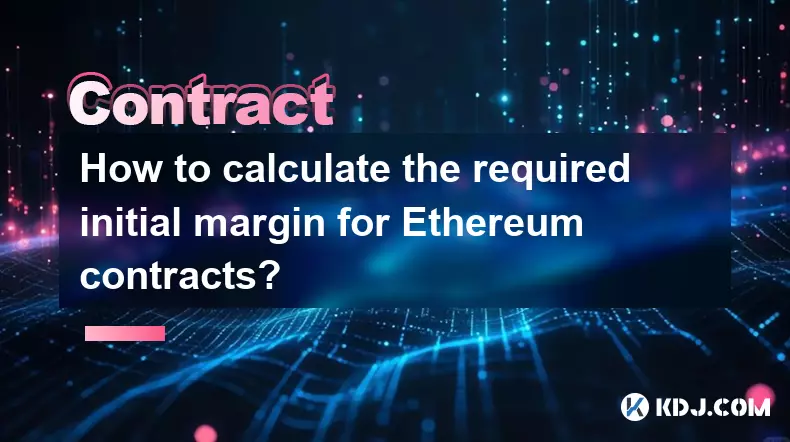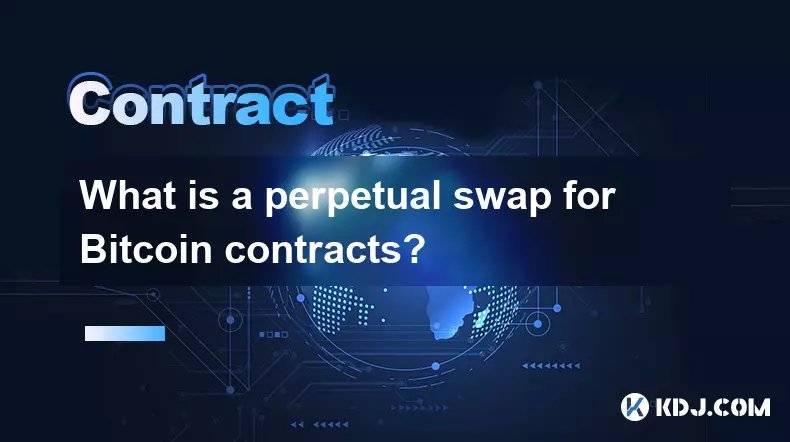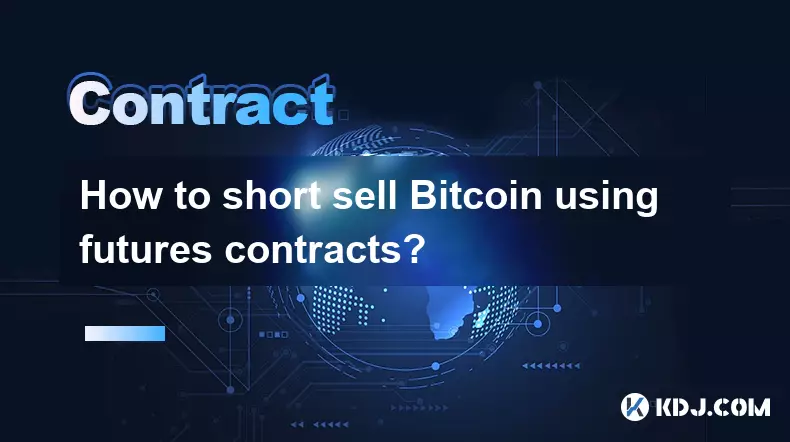-
 bitcoin
bitcoin $118548.520763 USD
3.67% -
 ethereum
ethereum $4352.564943 USD
4.79% -
 xrp
xrp $2.964058 USD
4.22% -
 tether
tether $1.000565 USD
0.05% -
 bnb
bnb $1028.372955 USD
1.46% -
 solana
solana $221.373507 USD
6.00% -
 usd-coin
usd-coin $0.999933 USD
0.02% -
 dogecoin
dogecoin $0.248633 USD
6.85% -
 tron
tron $0.341444 USD
2.38% -
 cardano
cardano $0.852946 USD
5.82% -
 hyperliquid
hyperliquid $47.869306 USD
6.15% -
 chainlink
chainlink $22.561476 USD
6.01% -
 ethena-usde
ethena-usde $1.001258 USD
0.05% -
 avalanche
avalanche $30.660000 USD
2.06% -
 stellar
stellar $0.400917 USD
9.76%
How to calculate OKX contract returns
Calculating returns in OKX contract trading involves understanding contract types, position sizing, leverage application, breakeven price determination, profit/loss assessment, ROI calculation, and factoring in transaction fees.
Nov 09, 2024 at 07:54 am

How to Calculate OKX Contract Returns
Calculating contract returns on OKX, a renowned cryptocurrency exchange, involves a multi-step process that considers various factors such as contract type, position size, leverage, entry and exit prices, and fees. Understanding these elements and applying the appropriate formula can help traders accurately assess their potential profits or losses.
Step 1: Understand Contract Types
OKX offers a range of contract types, each with unique characteristics and calculation methods. The two main types are:
- Perpetual Contracts: These contracts have no fixed expiry date and continuously roll over, allowing traders to maintain positions for extended periods.
- Futures Contracts: Futures contracts, on the other hand, have a predetermined expiry date at which the contract settles and closes.
Step 2: Calculate Position Size
Position size represents the amount of the underlying asset being traded in a contract. It is determined by dividing the total trade amount by the contract size. For example, if you trade 100,000 USD of BTCUSDT perpetual contracts with a contract size of 100 USD, your position size would be 1000 (100,000 USD / 100 USD).
Step 3: Apply Leverage
Leverage is a tool that allows traders to increase their potential returns by borrowing funds from the exchange. OKX offers leverage options varying from 2x to 100x, depending on the contract type and underlying asset.
Formula: Position Value = Initial Capital * LeverageFor instance, using 5x leverage on a position size of 1000 would result in a position value of 5000 USD (1000 * 5).
Step 4: Determine Breakeven Price
The breakeven price is the price at which a trader would neither profit nor incur a loss on their position. It is calculated by adding (or subtracting, for shorting contracts) the initial entry price multiplied by the fees incurred during the trade to the entry price.
Formula: Breakeven Price = Entry Price + (Entry Price * Fees)Assuming an entry price of 10,000 USD for a long position with a 0.05% entry fee, the breakeven price would be 10,050 USD (10,000 USD + (10,000 USD * 0.0005)).
Step 5: Calculate Profit/Loss
The profit or loss incurred in a contract trade is determined by multiplying the difference between the exit price and the entry price by the position size. For a successful trade, the result will be a profit, while for an unsuccessful trade, it will be a loss.
Formula: Profit/Loss = (Exit Price - Entry Price) * Position SizeIn a trade where a trader enters at 10,000 USD and exits at 10,200 USD while holding a position size of 1000, the profit would be 2000 USD ((10,200 USD - 10,000 USD) * 1000).
Step 6: Calculate Return on Investment (ROI)
The return on investment represents the percentage gain or loss on the original investment. It is calculated by dividing the profit or loss by the initial capital and multiplying it by 100.
Formula: ROI = (Profit/Loss) / Initial Capital * 100For the trade in the previous step, the ROI would be 20% (2000 USD / 10,000 USD * 100).
Step 7: Impact of Transaction Fees
Transaction fees, including entry, exit, and financing fees, have a direct impact on the profitability of a trade. OKX offers a tiered fee structure based on trading volume, with lower fees for higher-volume traders. Traders should factor in these fees when calculating their potential returns.
Disclaimer:info@kdj.com
The information provided is not trading advice. kdj.com does not assume any responsibility for any investments made based on the information provided in this article. Cryptocurrencies are highly volatile and it is highly recommended that you invest with caution after thorough research!
If you believe that the content used on this website infringes your copyright, please contact us immediately (info@kdj.com) and we will delete it promptly.
- BlockDAG, DOGE, HYPE Sponsorship: Crypto Trends Shaping 2025
- 2025-10-01 00:25:13
- Deutsche Börse and Circle: A StableCoin Adoption Powerhouse in Europe
- 2025-10-01 00:25:13
- BlockDAG's Presale Buzz: Is It the Crypto to Watch in October 2025?
- 2025-10-01 00:30:13
- Bitcoin, Crypto, and IQ: When Genius Meets Digital Gold?
- 2025-10-01 00:30:13
- Stablecoins, American Innovation, and Wallet Tokens: The Next Frontier
- 2025-10-01 00:35:12
- NBU, Coins, and Crypto in Ukraine: A New Yorker's Take
- 2025-10-01 00:45:14
Related knowledge

What is the maintenance margin for Bitcoin contracts?
Oct 02,2025 at 01:36am
Decentralized Exchanges Gain Momentum in 20241. Decentralized exchanges (DEXs) have seen a significant rise in trading volume, surpassing centralized ...

How to calculate the required initial margin for Ethereum contracts?
Oct 01,2025 at 06:01am
Understanding Initial Margin in Ethereum Futures1. The initial margin for Ethereum futures contracts represents the minimum amount of capital a trader...

What is a perpetual swap for Bitcoin contracts?
Oct 01,2025 at 08:18am
Understanding Perpetual Swaps in Bitcoin Trading1. A perpetual swap is a type of derivative contract that allows traders to speculate on the price of ...

What is the best platform for trading SOL contracts?
Oct 01,2025 at 06:36am
Understanding the Role of Decentralized Exchanges in Modern Crypto Trading1. Decentralized exchanges (DEXs) have reshaped how traders interact with di...

How to short sell Bitcoin using futures contracts?
Oct 01,2025 at 02:54am
Understanding the Role of Decentralized Exchanges in Crypto Trading1. Decentralized exchanges (DEXs) have become a cornerstone of the cryptocurrency e...

Are PEPE contracts a good way to trade volatility?
Oct 01,2025 at 04:18am
Understanding PEPE Contracts in the Cryptocurrency Market1. PEPE contracts, derived from the broader meme coin movement, have gained attention due to ...

What is the maintenance margin for Bitcoin contracts?
Oct 02,2025 at 01:36am
Decentralized Exchanges Gain Momentum in 20241. Decentralized exchanges (DEXs) have seen a significant rise in trading volume, surpassing centralized ...

How to calculate the required initial margin for Ethereum contracts?
Oct 01,2025 at 06:01am
Understanding Initial Margin in Ethereum Futures1. The initial margin for Ethereum futures contracts represents the minimum amount of capital a trader...

What is a perpetual swap for Bitcoin contracts?
Oct 01,2025 at 08:18am
Understanding Perpetual Swaps in Bitcoin Trading1. A perpetual swap is a type of derivative contract that allows traders to speculate on the price of ...

What is the best platform for trading SOL contracts?
Oct 01,2025 at 06:36am
Understanding the Role of Decentralized Exchanges in Modern Crypto Trading1. Decentralized exchanges (DEXs) have reshaped how traders interact with di...

How to short sell Bitcoin using futures contracts?
Oct 01,2025 at 02:54am
Understanding the Role of Decentralized Exchanges in Crypto Trading1. Decentralized exchanges (DEXs) have become a cornerstone of the cryptocurrency e...

Are PEPE contracts a good way to trade volatility?
Oct 01,2025 at 04:18am
Understanding PEPE Contracts in the Cryptocurrency Market1. PEPE contracts, derived from the broader meme coin movement, have gained attention due to ...
See all articles










































































